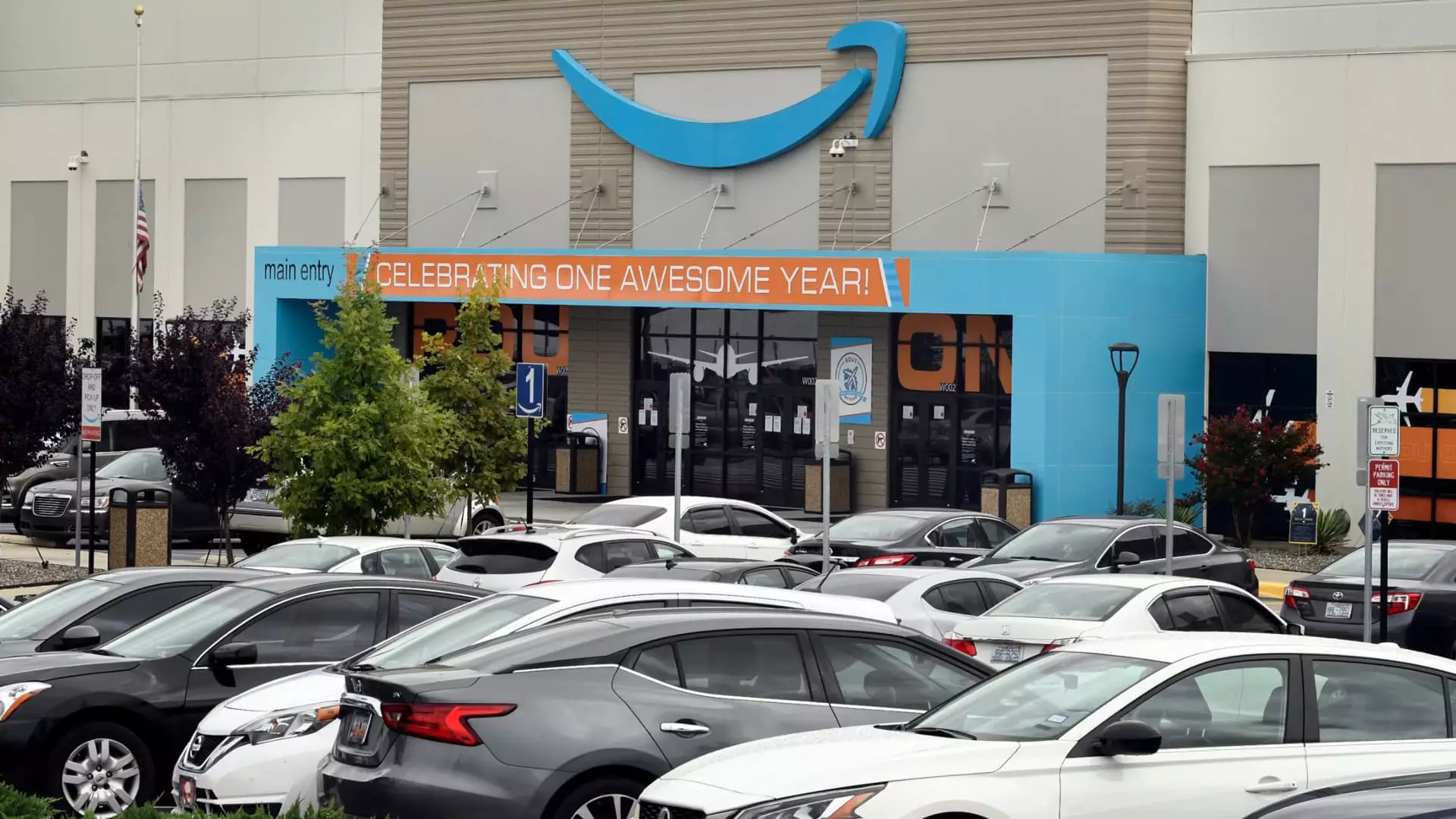On a seemingly routine Saturday in Garner, North Carolina, a significant event unfolded that sent ripples through the labor community. Workers at Amazon’s RDU1 facility participated in a union voting process organized by the Carolina Amazonians United for Solidarity and Empowerment (CAUSE). The results revealed a stark opposition to the union: 2,447 votes against and only 829 in favor, among a total of 3,276 ballots cast. This decision has multi-layered implications, reflecting not only the dynamics at play within Amazon but also indicating broader trends in labor movements across the United States.
The RDU1 facility, which employs approximately 4,700 workers, has become a battleground for unionization efforts following the backdrop of persistent dissatisfaction regarding wages, working conditions, and the company’s response to worker concerns during the COVID-19 pandemic. While CAUSE has promised to continue its efforts in representing the workers’ interests, the overwhelming defeat raises pressing questions regarding the future of labor organization in such massive corporations.
The campaign to unionize was spearheaded by workers who were motivated by poor wages and inadequate breaks. Starting pay at the site is $18.50 an hour, but CAUSE has advocated for a raise to $30, illuminating the perceived gap between compensation and the rising cost of living. Despite strong campaigning efforts over three years, the outcome signals a complex relationship between employees and management at Amazon.
The plant’s rejection of unionization illustrates a broader reluctance among employees to embrace collective bargaining at this stage. CAUSE has pointed to Amazon’s aggressive tactics during the campaign, alleging that intimidation tactics were utilized to influence the outcome. According to their statement, Amazon’s interference is emblematic of corporate greed that prioritizes management control over workers’ rights. Yet, despite such assertions, one must consider the employees’ voices who ultimately chose to maintain a direct relationship with their employer rather than sign on with an outside entity.
Amazon, as the second-largest private employer in the U.S., has developed a steadfast strategy to mitigate union influence, a tactic that has traditionally been effective—until recent years. In response to RDU1’s proposed union, the company reportedly promoted anti-union messaging across various platforms and directly engaged workers with messaging that cautioned against union involvement. The argument presented by Amazon was fundamentally that a union could hinder the collaborative environment already established among the workforce.
Eileen Hards, an Amazon spokesperson, underscored the company’s belief in its transparency and fairness, denying any allegations of wrongdoing or intimidation. Hards framed the election results as an affirmation of workers’ choices to avoid external union representation and maintain direct communication with management. However, the question remains: do these tactics represent empowerment or coercion? The ambiguity surrounding employee sentiment complicates the narrative, suggesting that workers may feel pressured to reject unionization, regardless of their personal inclinations.
The failure to unionize at RDU1 may have reverberations extending beyond the walls of this particular facility. Union representation in the private sector is experiencing a decline, with nationwide membership rates dipping to 5.9% in 2024. Furthermore, states like North Carolina face some of the lowest union representation rates in the country, with only 2.4% of workers integrated into unions. This context places significant emphasis on the need for systemic change within labor dynamics, especially in states resistant to unionization.
Despite the palpable challenges, labor groups are adapting their strategies. Collaborating with organizations like the International Brotherhood of Teamsters, labor movements are exploring alternative avenues for advocacy, such as filing unfair labor practice complaints to agitate for change. In a climate of increasing public support for unions—67% of Americans reportedly approve of labor organization—there exists a paradox where grassroots movements struggle to translate sentiment into substantial membership.
The aftermath of the RDU1 election reflects an ongoing struggle between corporate interests and worker rights. While the ballot outcome may appear as a setback for union advocates, CAUSE remains resolute in continuing their mission, asserting that many employees grapple with essential hardships like food and housing insecurity, emphasizing that the fight for collective bargaining is far from over.
As labor dynamics evolve, the path to unionization may require new strategies, public engagement, and legislative support to bridge the gap between employee needs and corporate policies. What remains clear is that the conversation surrounding labor rights, workplace conditions, and corporate accountability will continue to take center stage in the U.S., necessitating sustained advocacy and dialogue.

